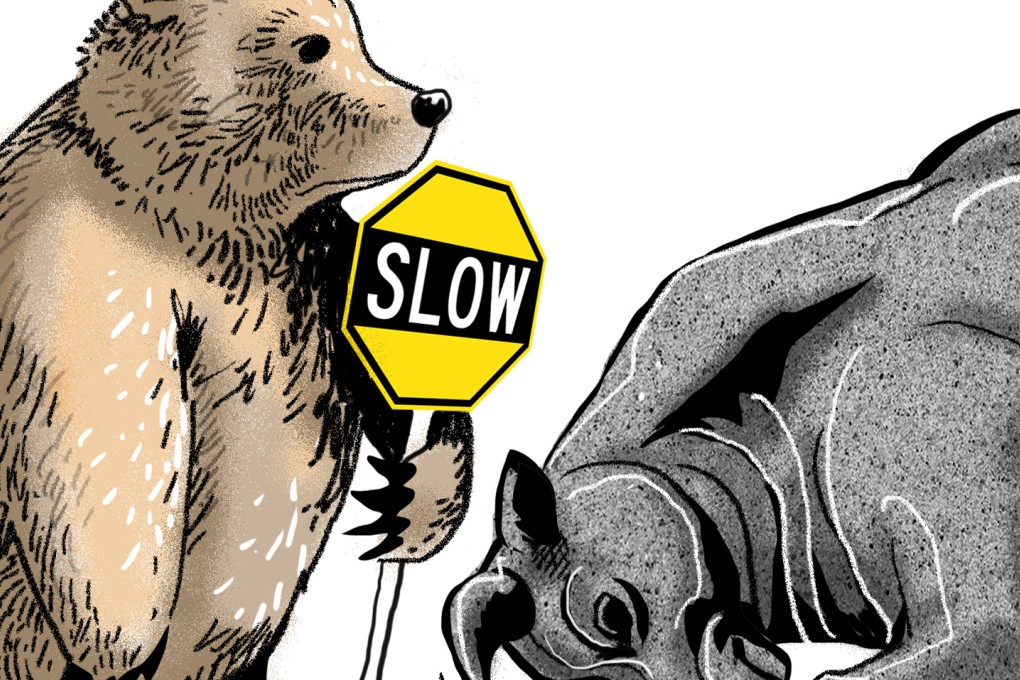Beyond the pessimism: Why sustained, healthy development will be the new normal for China’s economy
G. Bin Zhao says with the stock market woes and fears of a slowdown in growth, the economic outlook may appear less than rosy right now, but we should see it as an inevitable part of China’s transition



First, although the economy will continue to face downward pressure in 2016, it is important to understand that it is at a historical developmental stage of transition, shifting from rapid to moderate growth. During this transition, unusual events will inevitably occur. Many who are pessimistic about the future of the Chinese economy do not fully understand the laws of economic growth during periods of adjustment, nor are they aware of the bigger trends.
READ MORE: Deflationary pressures to continue ‘haunting China’s economy’ this year: economists
It should be expected that double-digit growth will become a thing of the past, given that, for instance, large-scale infrastructure construction has matured, the real estate market is saturated and even oversupplied, and the economy has entered an era of post-industrialisation. A slowdown in growth rates is an inevitable part of the development process.

At the same time, the country’s environment, resources, labour and land cannot continue to bear the weight of such a massive and crude expansion. Thus, an economic transformation and upgrade is unavoidable.
Third, historical experience and the laws of development have determined that the Chinese economy must slow down; more importantly, the central government clearly understands these laws and uses them to its advantage when outlining relevant policies and regulations, so it is almost certain that the economy will enter a “new normal” situation.